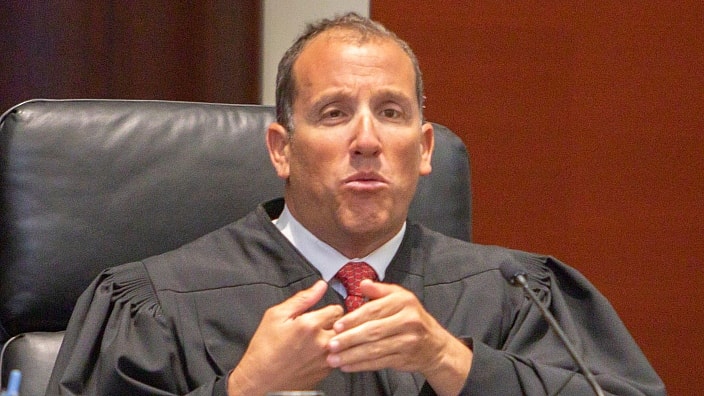Thanks to an overhaul in Louisiana’s criminal justice system, the state has saved millions of dollars, according to a new report.
In a review released this month by the Louisiana legislative auditor’s office, the Justice Reinvestment Initiative (JRI) — a bipartisan set of laws passed in 2017 — helped the state save $152.7 million.
The intent of the JRI is to reduce the prison population in the state and invest in programs and policies that reduce the likelihood that someone goes back to prison. With a reduction in the prison population, the state then can spend less on corrections and can instead put that money into programs to help people and prevent crime. Based on the findings in the auditor’s report, that’s exactly what the JRI accomplished.
Over the last several years, the number of people in Louisiana prisons for nonviolent crimes has decreased by half, according to the Pew Research Center. At the same time, more money has been invested to support vulnerable communities and areas that struggle with crime.

While the report does not provide specifics on the racial demographics of those released in the years since the reforms passed, the Prison Policy Initiative — a nonprofit prison research and advocacy group — shows that Black people in Louisiana are incarcerated at a rate 3.5 times higher than that of white people. Black people make up 67% of the prison population in the state, according to the Bureau of Justice Statistics.
Jeff Landry, the new Louisiana governor, wants to roll back some of these reforms, in an attempt to address crime by imposing harsher sentences and provide more support for law enforcement in the state.
However, the review from the auditor’s office shows that violent crime offenders are not the ones benefiting from the reforms. “After the implementation of JRI, the number of inmates decreased and the percentage of inmates who were violent increased, which is in line with the JRI goal of focusing prison beds on serious threats to public safety,” the report said.
Recommended Stories
Also, some of the money saved from the Department of Corrections has gone toward the state’s Office of Juvenile Justice and the Commission on Law Enforcement, according to the report.
Even with the perceived success of the reinvestment initiative, the auditors said that there is no overall agreement among decision-makers on the impact of the reforms.
“We found there is no consensus among criminal justice stakeholders on the impact of JRI, which leads to challenges in fully implementing the initiative across the criminal justice system,” the report said. In addition to the conflicting opinions, it said, another challenge is “the lack of integrated criminal justice data systems, which limits the ability to calculate statistics and identify trends.”
Never miss a beat: Get our daily stories straight to your inbox with theGrio’s newsletter.









